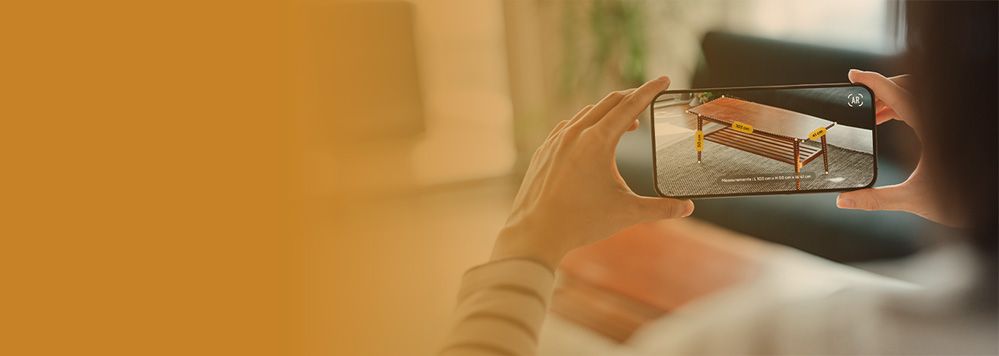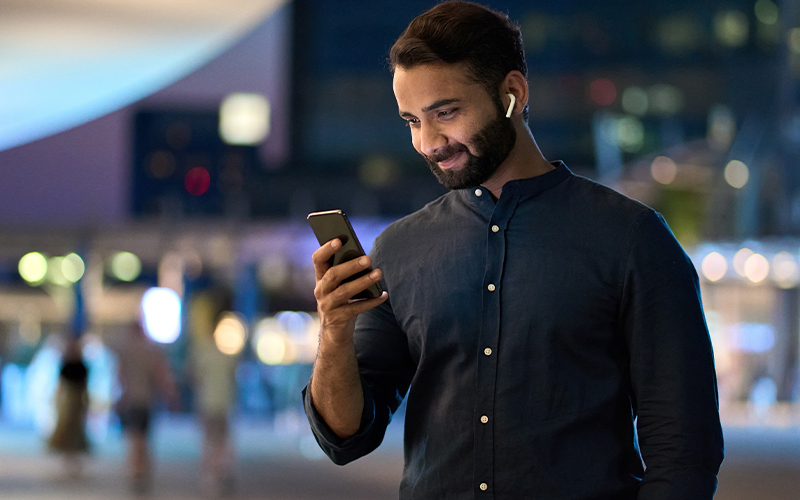How would you like to visit Baalbek, the mysterious ancient Roman city in modern day Lebanon, or soak in the wonder of what the Incan Empire built hundreds of years ago in Peru’s Machu Picchu, all from the comfort of your couch? The tourism and hospitality sectors are increasingly feeding our appetite to travel, through immersive virtual experiences, thanks to sophisticated AR/VR integration.
Virtual tours have surged in popularity in the recent past, as a welcome escape from life in lockdown. In fact, according to a study by Fortune Business Insights, the virtual tour software market size is expected to grow from $345Mn in 2022 to $854Mn in 2029, at a CAGR of almost 14%. After all, even though people are slowly moving back to physical travel with gusto now, there’s still a substantial chunk of the population that likes enjoying a leisurely virtual experience from home, at lesser rates without compromising safety.
A range of travel companies adapted to our collective reality and began morphing guided trips into digital experiences available to anyone with a good Wi-Fi connection. Rapid advancements in technology have merged the real-world environment with that of a computer-generated one, creating a mixed reality. This could be about adding enhanced digital elements to elevate online experiences through AR, or simply redefining our world by immersing us in a simulation via VR. There is no set way to leverage these technologies, so far-reaching are their applications.
The world of marketing has been one of the early adopters of these technologies. So, what are the best ways to use these, to amplify your brand promotion game?
Elevated ‘Try & Buy’ experiences
Sectors such as retail, healthcare, and education, are making great strides with the implementation of AR/VR concepts. Brands are keen to leverage these technologies to the hilt, and are gaining momentum with their virtual ‘Try and Buy’ campaigns. You could be trying on cosmetics at the Sephora app, glasses at Lenskart, jewelry at Tanishq, or checking out how the dining table from Ikea would look in your home, all without having to get off your couch.
Mixed reality features are also dialing up the experiences in classrooms, to ensure enhanced visual representations and impactful learning for students. These also facilitate video demonstrations to give previews, a feature that is fast becoming a staple in sectors such as real estate, automobiles, and tourism. Being able to view how your new home will look after construction or experiencing a virtual test drive of the car you wish to buy, will definitely gain brownie points for brands that offer these services. Also, being a healthcare unit that has world-class mixed reality facilities, is bound to earn your brand some extra credibility, with complicated surgical and medical procedures made simpler through expert training and simulations.
Establishing the personal connect
While VR is catching up in this arena, it is restricted by its need to use a specific headset for an ideal user experience. AR has meanwhile currently emerged as a very strong tool to create novelty among customers. This is achieved by introducing controlled advertising elements through the customer’s smart devices in their unique personal space.
This level of personalization and programmatic advertisements allows users to personally connect with a brand. It is a sure-shot way of getting a brand noticed, while engaging and retaining customers, which is why major companies are experimenting with AR/VR technology in this manner. In association with Snapchat, big brands like Gucci and BMW have tried AR product try-ons for their customers around the world. The fashion company ASOS too created a ‘virtual catwalk’ that allowed customers to view a model wearing the clothing they intended to buy, helping them to have a better look before shopping online.
Experiential marketing for the win
What better way to shake things up and better showcase your brand, than by providing customers with an ultra-immersive view of your service offerings? Take Oreo’s VR campaign for example, where they encouraged users to take a virtual tour of their portal and be transported to a world of Oreo products, a refreshing change from traditional campaigns.
Today, virtual/hybrid events and campaigns have taken further precedence due to factors like cost and comfort, besides safety. So much so, that even events such as musical concerts and fashion shows when augmented virtually are enabling brands to cash in, in the absence of a physical audience too. Experiential marketing has taken on a virtual form and is fast becoming an essential component of any brand’s promotion strategy. And it is not all about adding new elements only; current static brand promotions can also be made dynamic by adding QR codes that can be scanned to activate/enhance a mixed reality experience.
Simply put, brands that have developed a powerful digital presence are creating a strong competitive advantage today. But brands with a compelling AR/VR presence are also building an advantage for tomorrow.
Today’s brand campaigns are more and more becoming immersive and three-dimensional, letting you experience alternate realities. Such as, limitlessly exploring the wildlife safaris of Kenya or marveling at the pyramids of Egypt, without having to step out of your home!





